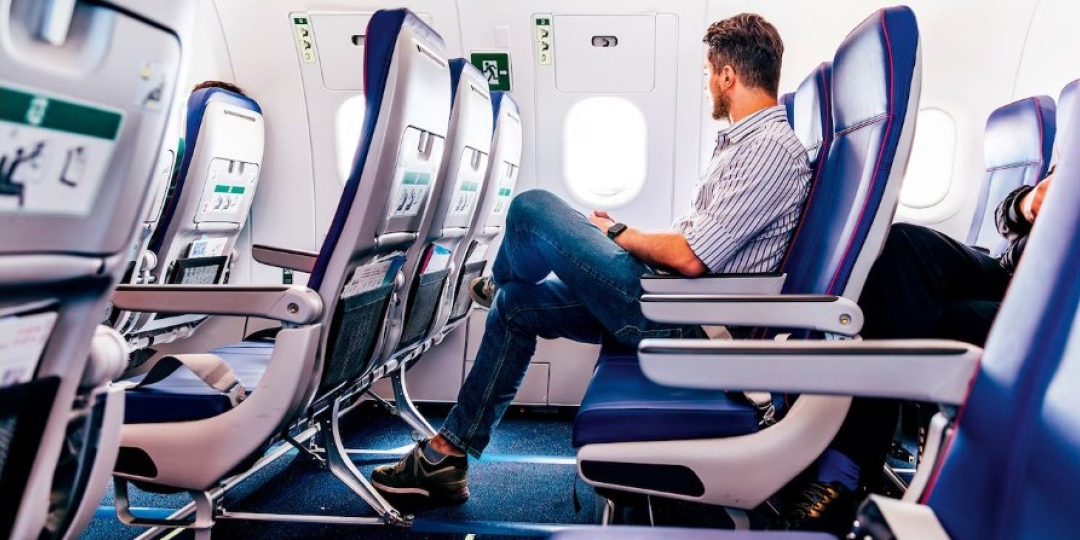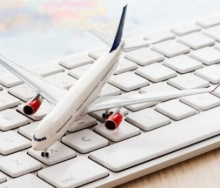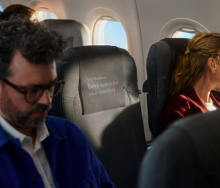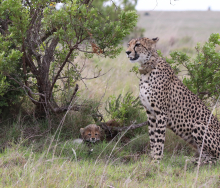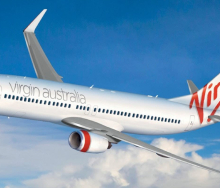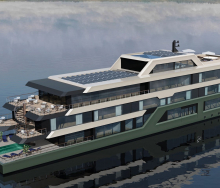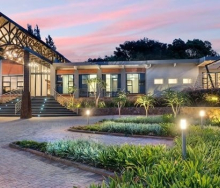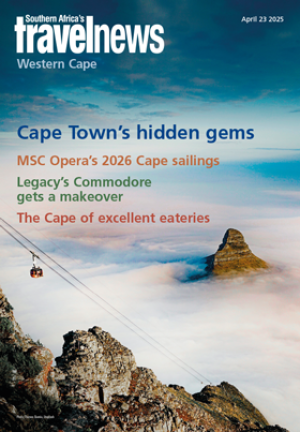As the travel industry gears up for a bumper year, understanding what South African airline passengers prioritise in 2025 provides critical insight into evolving consumer behaviour.
Travel News spoke to aviation industry leaders, who highlighted that flight affordability remained the central concern for most travellers, although comfort, flexibility and technological advancements were emerging as significant considerations.
Affordability still the top priority
South African travellers, grappling with a challenging economy, continue to place flight prices at the forefront of their decisions.
Kirby Gordon, Chief Marketing Officer of FlySafair, explains: "Price is a particularly big factor. Air travel costs have escalated more than the general cost of living in the last three years due to skyrocketing input costs like jet fuel, aircraft maintenance and leasing."
Cilliers Jordaan, COO of LIFT, echoes this sentiment: "Flight costs are unlikely to decrease in 2025. High operational expenses, including jet fuel and dollar-based aircraft leasing costs, combined with fluctuating exchange rates, have significantly increased the cost base for South African airlines."
While price remains dominant, there’s a growing expectation for better value. "Customers demand more inclusions and flexibility," Gordon notes, reflecting the sentiment of passengers paying higher fares.
Linden Birns, MD of Plane Talking, adds that while airfares in South Africa remain some of the most affordable globally, they are still subject to significant pressures.
However, if the Air Services Licensing Council’s ruling, which questions the compliance of numerous South African airlines with the Air Services Licensing Act’s ownership requirements, stands, it could reduce the number of operational carriers.
This reduction in competition may lead to higher flight prices as fewer airlines are able to operate, ultimately affecting ticket affordability and availability for passengers, as reported by Travel News.
The average global airfare in 2025, including ancillaries, is expected to be US$380 (R7 130), which is 1,8% lower than 2024, according to IATA.
In real terms (adjusted for inflation), that represents a 44% drop compared with 2014, indicating that significant value was being passed to consumers in the industry’s continued effort to improve efficiency, IATA added.
Younger travellers emerging
One noteworthy shift is the rise of younger travellers in South Africa, who are embracing domestic tourism at unprecedented rates.
"We envisage the younger market leading domestic tourism in 2025, driving the recovery of the local tourism sector,” Jordaan says.
Balancing comfort and cost
The debate between comfort and cost continues to play out.
"Most travellers still opt for the best price, but there are always customers who prioritise comfort,” says Gordon.
Rodger Foster, CEO and MD of Airlink, notes that convenience often trumps both comfort and cost for business travellers: "People traveling for business prioritise the ability to travel quickly and flexibly."
Technological advancements
Technology is revolutionising the airline experience, with passengers expecting innovations like biometric boarding, improved mobile apps and better communication channels.
For example, FlySafair introduced a new feature to its mobile app at the end of last year, enabling customers to track aircraft in near real-time, as reported by Travel News.
Globally, the adoption of advanced in-flight connectivity, led by initiatives like United Airlines, Qatar Airways and Air France’s collaboration with Starlink, is set to transform passenger expectations.
"Access to high-speed, low-latency Internet will revolutionise in-flight entertainment and connectivity," says Birns.
Global industry insights
From a global perspective, airlines face both opportunities and challenges in 2025.
Willie Walsh, IATA DG, forecasts an industry profit of US$36,6bn (R686,7bn), driven by lower oil prices and tight cost control. However, airlines must contend with rising taxes, infrastructure deficiencies and decarbonisation investments.
“Looking at 2025, for the first time traveller numbers will exceed five billion and the number of flights will reach 40 million. This growth means that aviation connectivity will be creating and supporting jobs across the global economy,” says Walsh.
Looking ahead
South African airlines are adapting to these dynamics by expanding routes and enhancing services.
FlySafair plans to add two new aircraft to its fleet, while Airlink is launching routes like Johannesburg-Kinshasa and Cape Town-Gaborone. These expansions aim to meet growing passenger demand and improve regional connectivity.
Ultimately, 2025 will be a pivotal year for South African airlines as they strive to balance affordability, comfort and technological advancements.
"Price, convenience and value-for-money will continue to be the priority drivers for travellers,” Foster says.
For passengers, this means a more connected, flexible and accessible travel experience – albeit at a cost that reflects the challenges of a post-pandemic economy.
